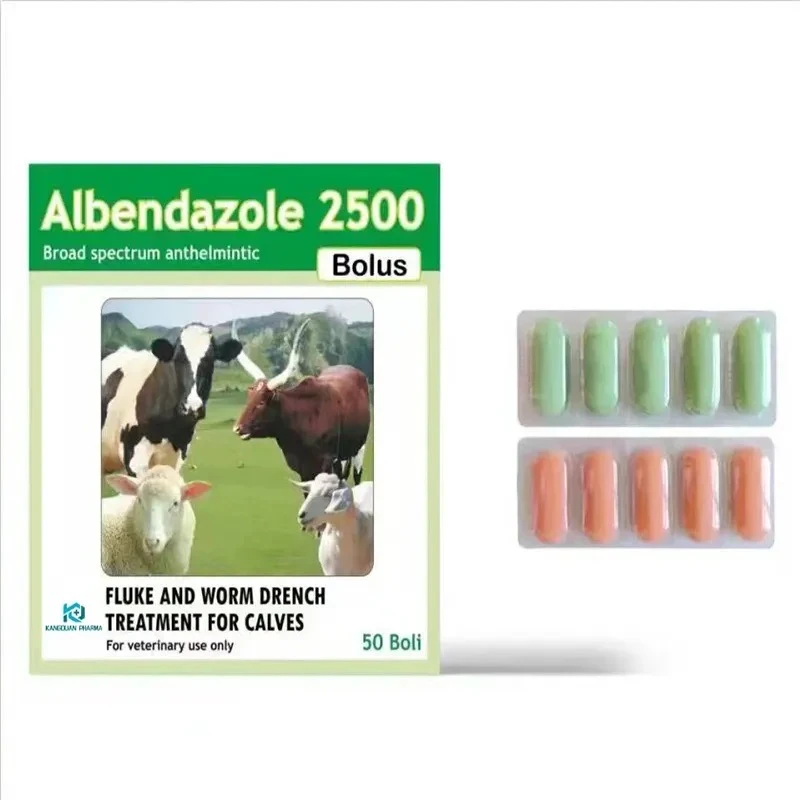- Afrikaans
- Albanian
- Amharic
- Arabic
- Armenian
- Azerbaijani
- Basque
- Belarusian
- Bengali
- Bosnian
- Bulgarian
- Catalan
- Cebuano
- Corsican
- Croatian
- Czech
- Danish
- Dutch
- English
- Esperanto
- Estonian
- Finnish
- French
- Frisian
- Galician
- Georgian
- German
- Greek
- Gujarati
- Haitian Creole
- hausa
- hawaiian
- Hebrew
- Hindi
- Miao
- Hungarian
- Icelandic
- igbo
- Indonesian
- irish
- Italian
- Japanese
- Javanese
- Kannada
- kazakh
- Khmer
- Rwandese
- Korean
- Kurdish
- Kyrgyz
- Lao
- Latin
- Latvian
- Lithuanian
- Luxembourgish
- Macedonian
- Malgashi
- Malay
- Malayalam
- Maltese
- Maori
- Marathi
- Mongolian
- Myanmar
- Nepali
- Norwegian
- Norwegian
- Occitan
- Pashto
- Persian
- Polish
- Portuguese
- Punjabi
- Romanian
- Russian
- Samoan
- Scottish Gaelic
- Serbian
- Sesotho
- Shona
- Sindhi
- Sinhala
- Slovak
- Slovenian
- Somali
- Spanish
- Sundanese
- Swahili
- Swedish
- Tagalog
- Tajik
- Tamil
- Tatar
- Telugu
- Thai
- Turkish
- Turkmen
- Ukrainian
- Urdu
- Uighur
- Uzbek
- Vietnamese
- Welsh
- Bantu
- Yiddish
- Yoruba
- Zulu
Samh . 04, 2024 22:18 Back to list
disinfectants used in animal care facilities
Disinfectants Used in Animal Care Facilities
In the realm of animal care, ensuring a safe and healthy environment is paramount. Whether in veterinary clinics, shelters, zoos, or farms, the prevention of disease transmission is a top priority. One of the most effective strategies employed to maintain biosecurity and hygiene within these facilities is the use of disinfectants. This article will explore the various disinfectants used in animal care facilities, their effectiveness, and their role in promoting animal health and welfare.
Understanding Disinfectants
Disinfectants are chemical agents designed to reduce or eliminate pathogens on surfaces, instruments, and equipment. Unlike antiseptics, which are used on living tissues, disinfectants are typically employed on inanimate objects. They play a crucial role in controlling infectious diseases caused by bacteria, viruses, fungi, and parasites that can spread among animals and potentially to humans.
Types of Disinfectants
Disinfectants can be categorized into several groups based on their active ingredients and mechanisms of action
1. Alcohols Ethanol and isopropyl alcohol are commonly used disinfectants that are effective against a wide range of pathogens, particularly viruses and bacteria. They are often used for sanitizing surfaces, instruments, and even animal care tools. However, they may not be effective against certain spores and are typically used for smaller surface areas due to their rapid evaporation.
2. Quaternary Ammonium Compounds (Quats) These are a popular choice in animal care facilities due to their effectiveness against a variety of pathogens, ease of use, and low toxicity to animals. Quats are commonly used to disinfect surfaces and are often found in cleaning wipes and solutions. However, their efficacy can be reduced in the presence of organic matter, so pre-cleaning surfaces is essential.
disinfectants used in animal care facilities

3. Chlorine Compounds Sodium hypochlorite, or bleach, is a potent disinfectant that is effective against a broad spectrum of pathogens, including bacteria, viruses, and fungi. It is often used in kennels, veterinary clinics, and research facilities. However, it is corrosive and can produce harmful fumes, so proper dilution and ventilation are necessary. Additionally, bleach can damage some surfaces and is inactivated by organic matter.
4. Phenolic Compounds These disinfectants provide a broad-spectrum antimicrobial action and are effective against bacteria, viruses, and fungi. They are commonly used in veterinary settings and animal care facilities. Phenolics are stable and effective in the presence of organic matter, making them reliable for disinfecting surfaces that may come in contact with animal waste.
5. Hydrogen Peroxide This oxidizing agent is increasingly used as a disinfectant in veterinary medicine and animal care. It is effective against bacteria, viruses, and spores. Hydrogen peroxide breaks down into water and oxygen, making it environmentally friendly. Its efficacy can be enhanced by using it in higher concentrations or as a part of a disinfecting solution.
Importance of Proper Use
While disinfectants are crucial in preventing the spread of infectious diseases, their effectiveness largely depends on proper use. Facilities must be diligent in following guidelines for concentration, contact time, and application methods. Surfaces should be pre-cleaned to remove organic matter, as many disinfectants can become less effective in these conditions.
Moreover, safety precautions should be taken to protect both staff and animals. This includes using personal protective equipment (PPE) and ensuring adequate ventilation when using aerosolized disinfectants. It is also crucial to comply with manufacturer guidelines regarding the safe use and storage of disinfectants.
Conclusion
The use of disinfectants in animal care facilities is a cornerstone of infection control and biosecurity. By understanding the types of disinfectants available and adhering to best practices for their use, facilities can provide a safer environment for animals, staff, and the public. As veterinary care evolves, the science of disinfectants will continue to improve, further enhancing the health and welfare of animals in our care. Through diligent application of these vital chemicals, we can prevent the spread of disease and promote a healthier future for all species.
-
Guide to Oxytetracycline Injection
NewsMar.27,2025
-
Guide to Colistin Sulphate
NewsMar.27,2025
-
Gentamicin Sulfate: Uses, Price, And Key Information
NewsMar.27,2025
-
Enrofloxacin Injection: Uses, Price, And Supplier Information
NewsMar.27,2025
-
Dexamethasone Sodium Phosphate Injection: Uses, Price, And Key Information
NewsMar.27,2025
-
Albendazole Tablet: Uses, Dosage, Cost, And Key Information
NewsMar.27,2025













